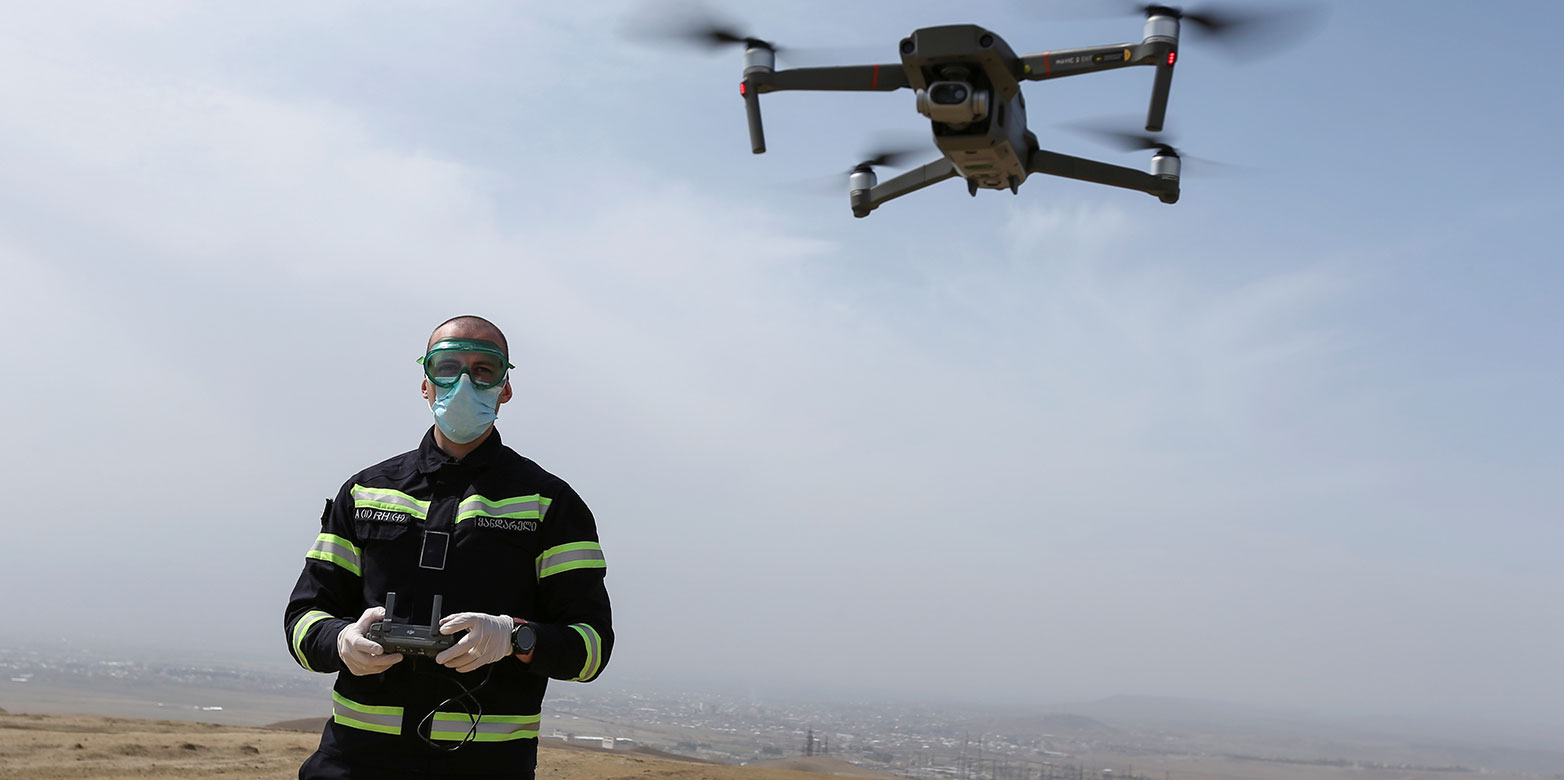Integrating AI into Civil Protection
Whether by predicting the global spread of the novel coronavirus originating from China or detecting wildfires in California, the use of artificial intelligence in civil protection promises to improve the prevention of, response to, and recovery from disasters. However, getting there requires rethinking data silos and assessing high-risk applications.

Artificial Intelligence (AI) is an umbrella term for a field of research and applications. Today, the term is mostly used to refer to the subfield of machine learning, which describes a set of algorithms that rely on statistical learning. In recent years, advances in computing power, data availability, and scalable algorithms have led to a series of breakthroughs and AI has become an enabling technology with applications across all sectors. The focus of this analysis is the use of AI in civil protection. Civil protection encompasses the management of the whole spectrum of collective risks stemming from environmental, societal, and technical hazards, such as extreme weather events, pandemics, terrorist attacks or severe industrial accidents, in order to limit damage and protect the population and its livelihoods.